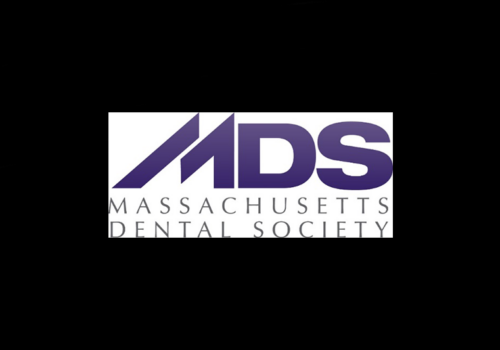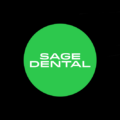
Peri-implantitis not only affects the patient; it also affects the implant. One recent study compared what ligature-induced peri-implantitis can do to dental implants built using different surface treatments.
The researchers inserted 32 dental implants prepared with machined, sandblasted, acid-etched, sputter hydroxyapatite (HA) coated, and plasma-sprayed HA coated surface treatments into canine mandibles. Oral hygiene procedures were halted after 12 weeks. Silk ligatures then were placed around the implant abutments so plaque could accumulate for the following 16 weeks.
After retrieving the implants and surrounding tissue, the researchers next used scanning electron microscopy and energy dispersive x-ray spectroscopy to examine the bone-to-implant contact (BIC) and implant surfaces. Marginal bone loss and large inflammatory cell infiltrates were found in the peri-implant soft tissue.
The sputter HA implants had the largest BIC values at 98.1%, and the machined implants had the smallest BIC values at 70.4%. Also, the thin sputter HA coat was almost completely dissolved after 28 weeks, while the plasma-sprayed HA coat’s thickness was completely preserved.
The study, “Effect of Induced Peri-implantitis on Dental Implants With and Without Ultrathin Hydroxyapatite Coating,” was published by Implant Dentistry.
Related Articles
Study Identifies Peri-Implantitis Risk Factors
Flossing May Cause Peri-implant Disease
92.6% of Implants Survive Over 10+ Years












